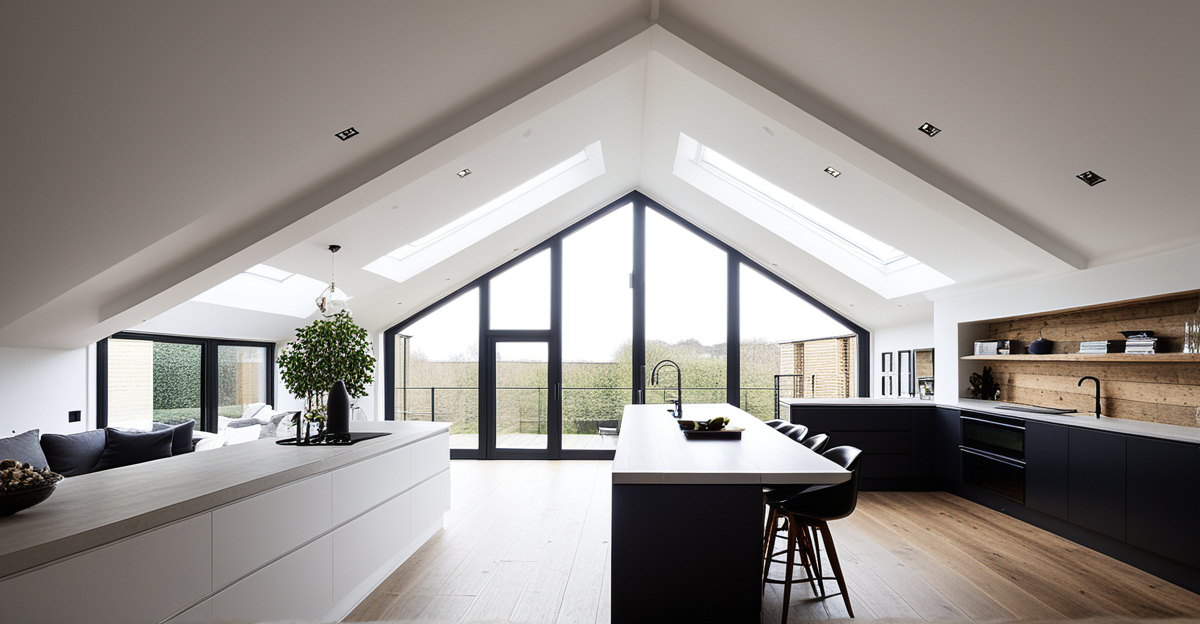Is a loft conversion architect really necessary?

Deciding whether to hire a loft conversion architect depends on handling complex planning rules, design challenges, and structural factors. Specialists like Touchstone Lofts combine architectural expertise with practical building experience, ensuring smoother approvals and smarter use of space. Their tailored approach often saves time and money, making professional guidance a wise investment rather than an optional extra for successful loft conversions.
Why professional architectural guidance is crucial for successful loft conversions
After the first h3 title, integrating serious expertise via Architect for loft conversion is key when planning an ambitious expansion of your attic space. For homeowners intent on maximising every square metre, collaborating with experienced loft architects means navigating complex UK loft conversion regulations confidently and transforming tricky spaces into tailored living areas. These specialists assess your home’s structure, ensuring that your plans align with both building regulations and your property’s unique limitations, ultimately making the approval process far smoother.
This might interest you : How to Select the Right Green Roof Plants for Your Climate Zone?
A well-devised loft conversion design doesn’t just comply with local requirements—it optimises light, insulation, and everyday use, unlocking both practical and financial benefits. Professional oversight helps you sidestep pitfalls, such as planning refusals from local councils or costly structural errors, which can arise from DIY attempts or incomplete documentation. Specialists also project-manage contractor teams, enforce quality standards, and deliver detailed architectural plans that streamline every phase—from loft space planning and obtaining permissions to execution. Property value can see a measurable uplift following a professionally managed conversion, giving further incentive to enlist expert help early in your project.
What a loft conversion architect provides beyond standard design
Comprehensive design process and project feasibility assessment
A loft conversion architect goes beyond supplying drawings; their process starts with a detailed property inspection and a feasibility study. By precisely measuring head height, checking the roof structure, and evaluating load-bearing capacity, they determine if your attic can safely be transformed. They explore layouts using 3D models and floor plans tailored to your needs—maximizing usable space, light, and comfort. Architects flag constraints early, such as where stairs can fit or if structural alterations are required, helping prevent layout mistakes or costly errors.
In parallel : How to Optimize Your Living Room Layout for Small Gatherings and Movie Nights?
Expertise in planning permission, building regulations, and local council requirements
Their knowledge of loft building regulations and local council expectations safeguards your project. They handle planning documentation and communicate with authorities to ensure legal compliance. Architects anticipate when planning permission or a Certificate of Lawfulness is needed, especially for builds outside “permitted development rights,” and help avoid fines for unauthorized work.
Customised solutions for technical challenges
Architects excel at resolving issues like insulation, ventilation, and thermal comfort. They deliver loft structural calculations that underpin floor stability and advise on fire safety, soundproofing, and daylight solutions—such as integrating dormer windows. If low headroom or irregular beams exist, they devise creative solutions so you get the safest, most liveable space.
Cost, Examples, and Selecting the Right Loft Architect
Typical Fee Structures, Cost Factors, and Value Delivered
For loft conversions, architect fees typically range from £5,000 upwards in London, with total project costs escalating based on complexity. A basic rooflight conversion might cost £25,000–£40,000, while more involved designs such as hip-to-gable or mansard can start from £60,000 and £100,000 respectively. Elements that influence cost include the scale of structural modifications, the need for plumbing or electrical changes, and bespoke finishes. Using a loft architectural cost calculator or requesting a tailored quote for loft architectural design clarifies anticipated expenses. Opting for a specialist loft architect not only simplifies compliance with building regulations but also safeguards your investment, maximizes usable space, and minimizes planning risks.
Notable Project Examples, Testimonials, and Specialist Firm Case Studies
Specialist architects have converted attics into habitable rooms across London and beyond, adapting to unique property constraints and client requirements. Successful projects range from dormer bedrooms with en suites to striking mansard extensions, consistently elevating property value and functional appeal. Reviews frequently highlight expert problem-solving, effective communication, and a smooth journey through the planning process.
